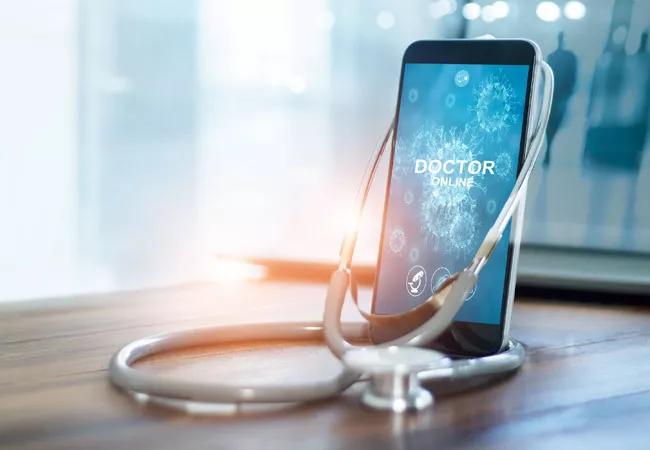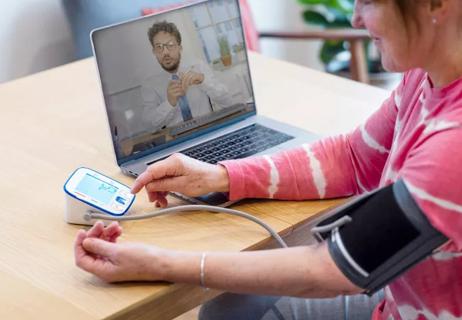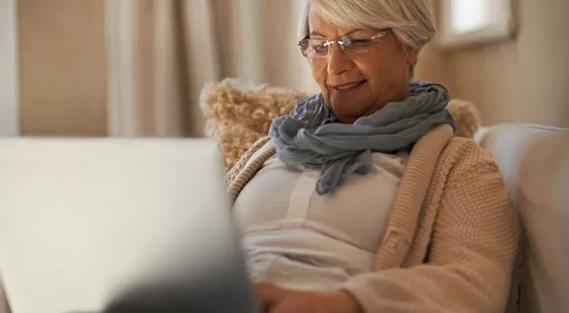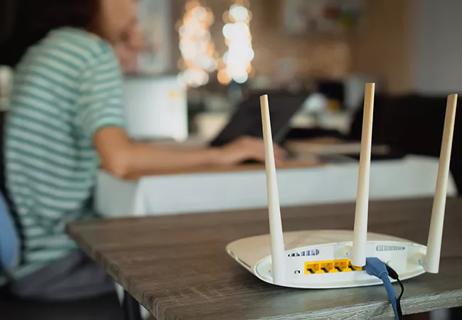Conference takes first steps to increase access and usability for all patient populations

Telehealth, while available for more than a decade, zoomed to the forefront in 2020. The pandemic and shelter-in-place orders created a perfect storm for widespread use of virtual visits and other modes of telehealth.
Cleveland Clinic is a non-profit academic medical center. Advertising on our site helps support our mission. We do not endorse non-Cleveland Clinic products or services. Policy
However, some patients have a misperception that telehealth is only for the tech savvy, or only valuable in very limited situations, or something that will go away once the pandemic subsides.
“The rapid uptick in use of telehealth has been amazing and wonderful because it has so many benefits,” says Cleveland Clinic neurologist Marisa McGinley, DO. “Telehealth is here to stay, so we really need to understand what barriers still exist and make sure we’re not leaving any patient groups or communities behind.”
That was the driving force behind a recent telehealth conference — held virtually, of course — led by Dr. McGinley and hosted by the Clinical and Translational Science Collaborative of Cleveland. Structured as an “unmeeting,” with minimal structured presentations and more group collaboration, the conference attracted clinicians, researchers, governmental agencies, industry partners and patients across the U.S.
“There’s been good research showing gaps — certain populations [such as low-income, Black and Hispanic populations] not using telehealth to the same degree as others,” says Dr. McGinley, whose own research focuses on telehealth for patients with multiple sclerosis. “As we move forward, we don’t want those gaps to widen.”
The multidisciplinary gathering heard brief presentations by industry insiders and then scattered into breakout sessions to discuss issues in more detail. Sessions addressed:
As telemedicine becomes a mainstay of healthcare, the medical community will continue to find ways to make it sustainable and accessible for all patient populations.
“Our work at the conference sparked new collaborations among participants, inspiring some to embark on new research or pursue grant funding for new projects,” says Dr. McGinley. “There’s a lot that we can do to begin improving telehealth. But, to make sweeping change, there ultimately needs to be a national initiative that transcends academic, government and industry silos.”

Cleveland Clinic’s roadmap to recovering critical digital assets stems from strategic planning and preparedness

The Friends of Cybersecurity program bridges innovative technology solutions with mitigating security risks

Cleveland Clinic’s Information Technology Apprenticeship Program expands skill set while leading to meaningful employment

Protecting patient data and privacy while preventing unnecessary risks

While logistical questions remain about RPM, its benefits for both patients and caregivers are abundantly clear

Telehealth aids in treatment of fibromyalgia and median arcuate ligament syndrome

Rates of CR eligibility high and internet access low among older patients in rural areas

The infant fever care path is an interactive, step-by-step tool within the electronic health record that reduces high variability among standard practices to ensure safe, quality care at all Cleveland Clinic locations